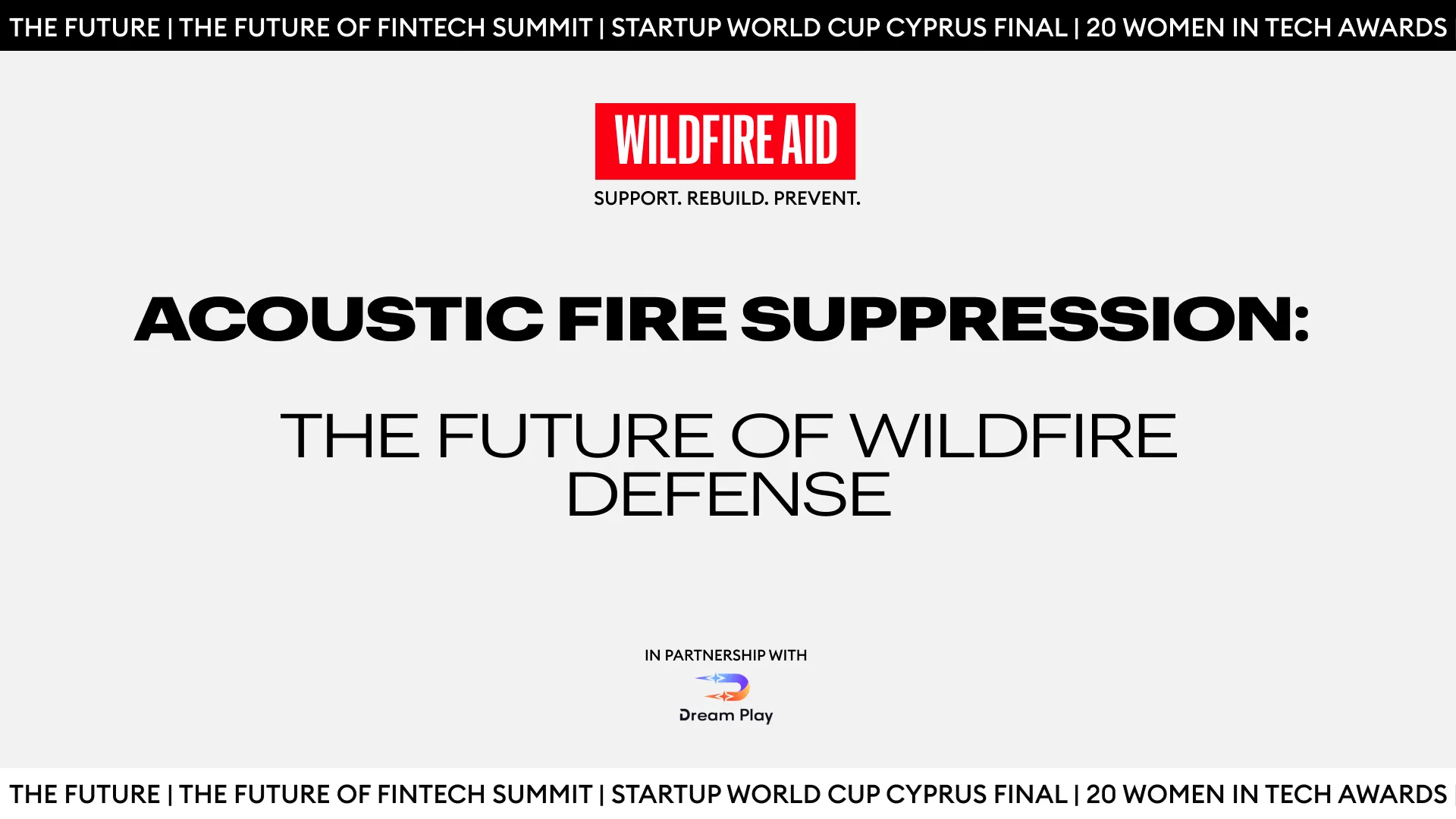A decade ago, a pair of enterprising college students repurposed a booming 10-inch subwoofer to extinguish a fire, captivating the online world and earning a demonstration on The Tonight Show. Although that viral moment burned bright, the concept of sound-based fire suppression has largely remained in the background—until now.
Technological Evolution And Continued Innovation
Backed by decades of research, including DARPA initiatives and numerous academic studies, the idea of using sound to disrupt combustion has persisted. Enter Sonic Fire Tech, a startup that claims to have refined the technology into a fully functional system capable of protecting homes and commercial properties from devastating wildfires. With a $3.5 million seed round from prominent investors such as Khosla Ventures and Third Sphere, the firm is poised to bridge the gap between concept and application.
Follow THE FUTURE on LinkedIn, Facebook, Instagram, X and Telegram
Pioneering The Sound-Driven Approach
What began as an experimental tinkering project led by Michael Thomas evolved when he joined forces with Geoff Bruder, a former NASA engineer specializing in heat and acoustics. “This is a new age founding story,” Bruder noted as he recounted the early days of prototype testing. Their initial demonstration—extinguishing a fire from just seven feet away using rudimentary equipment—set the stage for a radical redesign focused on safety and efficacy.
Engineering A Safe And Effective System
The breakthrough came when the team replaced conventional subwoofer technology with a system engineered to emit infrasound—sound waves below 20 Hz, imperceptible to human ears. A large reciprocating piston, much like those found in automotive engines but on a far greater scale, is driven by an electric motor to produce these low frequencies. This design not only ensures safety by remaining below the audible range but also extends the suppression radius to as much as 330 feet in larger configurations.
Practical Applications And Market Impact
Designed for installation on residential and commercial roofs, the system channels infrasound along targeted ducts to intercept and extinguish flames before they can escalate. Unlike water-based sprinkler systems—which may be hampered by supply shortages in wildfire-prone regions—this innovative solution operates on a modest 500-watt power draw and is developing backup capabilities using lead-acid batteries. The expected cost is approximately 2% of a home’s value, a compelling proposition in light of annual wildfire damages that have escalated to $424 billion in the United States.
The Future Of Fire Safety
With pilot installations underway in collaboration with utilities like PG&E and Southern California Edison, and a letter of intent from a chemical storage facility already in hand, Sonic Fire Tech is at the forefront of what could be a significant shift in fire suppression technology. As climate change intensifies wildfire risks, innovative solutions such as these offer a proactive defense, potentially transforming how communities safeguard their homes and businesses from fire disasters.









